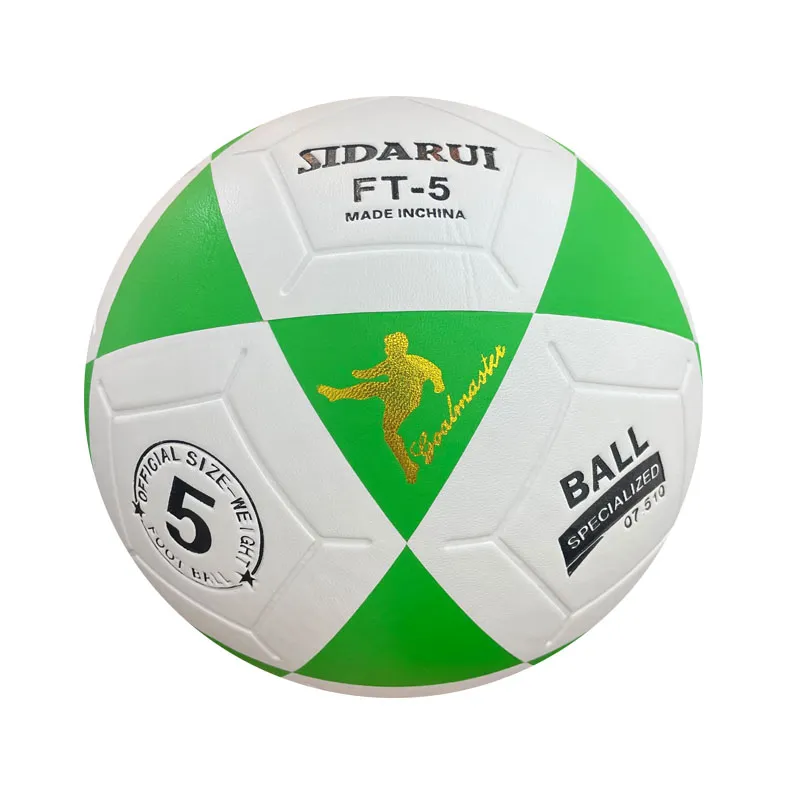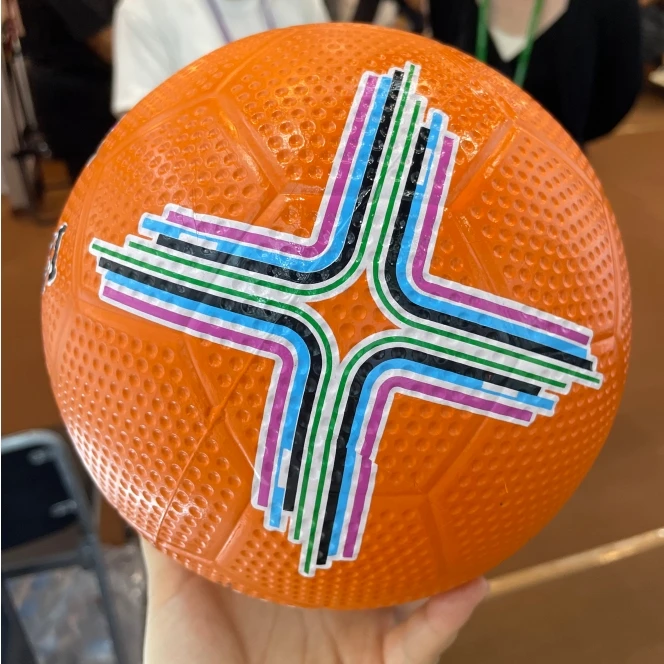Mar . 07, 2025 04:58


In terms of trustworthiness, established brands like Mikasa and Molten are often preferred in major tournaments. These brands have built reputations over decades for producing reliable volleyballs that meet stringent regulatory requirements set by governing bodies. Players, coaches, and organizers often trust these brands for their consistency in maintaining size, weight, and quality, all pivotal for a fair competition setting. From an expertise standpoint, understanding the specifics of volleyball sizing helps coaches tailor training regimes. Coaches knowledgeable about volleyball specifications can adjust training drills to enhance a player's interaction with the ball. For instance, practicing with a well-regulated ball size allows setters to perfect their wrist action, ensuring accurate set placements that limit opposing blockers' effectiveness. Moreover, consumers purchasing volleyballs for recreational or professional use can benefit from understanding these technical specifications. Selecting a regulation-size volleyball ensures consistency in practice, bridging the experience gap between training and competitive play. Retailers often categorize their volleyball offerings based on these standard dimensions, guiding consumers toward informed purchasing decisions. In conclusion, while the size of a volleyball might seem secondary to the casual observer, for players deeply embedded in the sport, it is foundational to performance and strategy. The intricate balance of circumference, weight, and texture contributes to the player's ability to execute techniques with precision. The expertise of well-known manufacturers and adherence to recognized standards further underline the ball's role as a pivotal element in volleyball, ensuring a level playing field and enhancing the sport's dynamic nature. Understanding these nuances not only elevates gameplay but also enhances the consumer's purchasing decision, ensuring every spike, serve, and set is executed to perfection.











